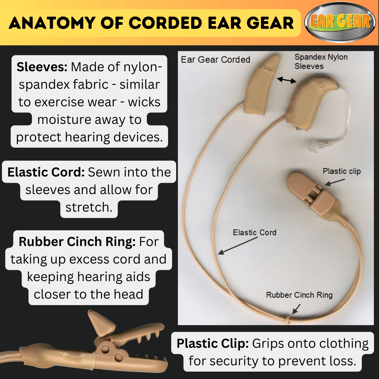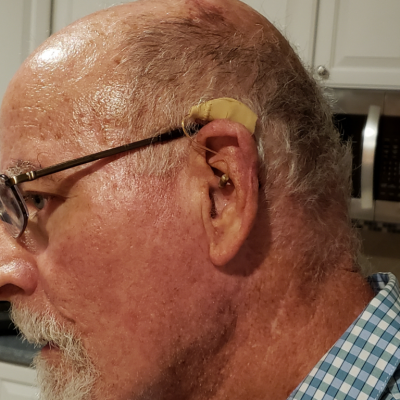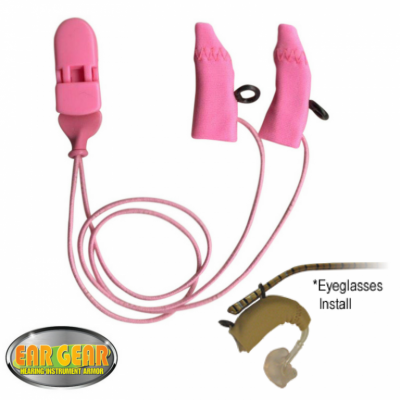It's no surprise that hearing instruments take a little bit of getting used to. Most people adjust pretty quickly to their new hearing instrument during normal indoor settings, like work or home. Ear Gear has many customers that are also avid hikers and we've heard from them that it's not quite such an easy adjustment!
In order to get the most out of your hearing instrument while hiking, you really need to think about two things, protection and optimization. This is where a good hearing aid protector comes into play.
Protecting your hearing instrument while hiking
There are a few steps that you can take to minimize the chance of damage to your hearing instrument through moisture, sweat, and humidity. If you sweat heavily and love outdoor activities, it can be a good idea to either choose a smaller hearing instrument that has less contact with your skin or pick up a sweat-protecting cover to provide an extra layer between your skin and the hearing instrument. Sometimes going with a simple a hearing aid accessory that's designed to protect your device is best answer.
Protecting your hearing instrument from loss
One comment that we hear from our hike-loving customers is that one of their major concerns is losing their hearing instrument while they're hiking in the hills or woods. This is where a quality hearing aid retainer can be the answer. Many of our customers use a corded Ear Gear model, which is equipped with a hearing aid clip that attaches their hearing aid to their shirt. This ensures that in the event their device does fall out it will simply dangle from their shirt.
.png?width=413&height=252&name=Rectangle%2059%20(2).png)
Configuring your hearing instrument for hiking
Many hearing instruments have different settings for indoor situations, outdoor situations, etc. Many of our customers find that cranking the microphone up and the noise reduction down results in a better experience for hiking. However, it'll probably take a little playing around to figure out the optimal setting for your favorite hiking trails. If you have issues configuring it, you may want to speak to your audiologist so they can point you in the right direction.
One other note: If you're going to be hiking with a partner, communication can be a challenge. There are several options out there to help with communication, such as purchasing a special lapel mic that syncs up with your hearing instrument. If you're going to be in the front of a group, you may want to ask your audiologist about pointing your microphone behind you. Finally, be aware of high wind situations. Wind noise can make communication particularly challenging when hiking.

Ear Gear helps you have a better hiking experience
If you're not already familiar with Ear Gear, it's a protective sleeve that slides over your hearing instrument and protects it from sweat, dirt, moisture, dirt, wind noise, and loss. We have a wide range of options to fit just about every hearing instrument. Ear Gear is acoustically transparent, meaning that it provides this protection (and even shields against wind noise!) without decreasing the quality of your hearing.
For hiking, we would recommend one of our corded models. The spandex sleeve will provide a layer of protection against sweat and moisture, and the clip will attach to your shirt and give you peace of mind knowing that if your hearing instrument were to fall off, it will only fall to your shoulder.
They're easy to slide on and off your hearing instrument, so if they do become wet, you can swap it out with a new pair and let it dry. Ear Gear works hand in hand with your at-home hearing aid dryer, as it protects while you're on the go!
If you'd like a recommendation about which Ear Gear model is right for you, just let us know, or start shopping now.






